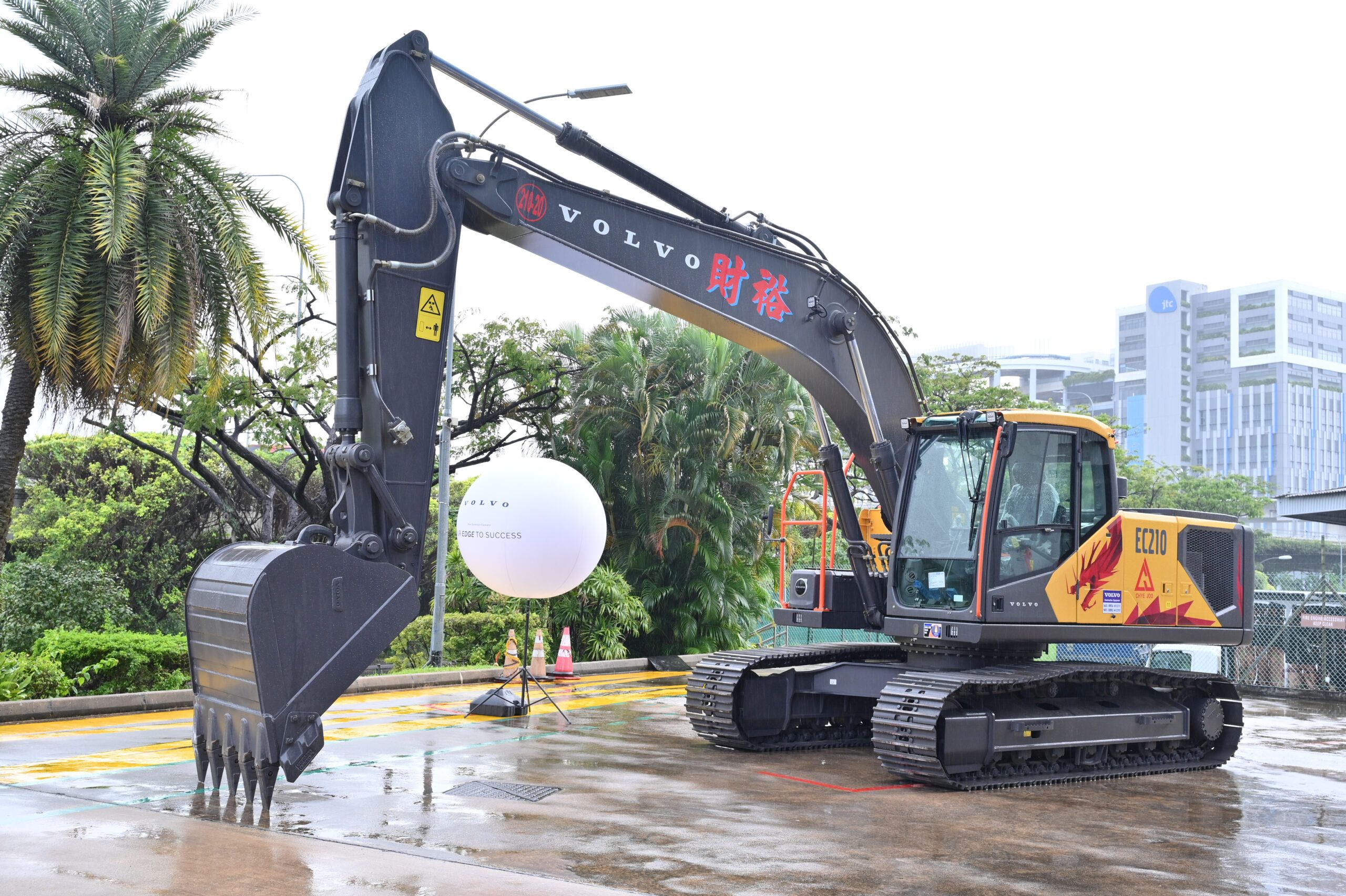How to Change Forklift Tires: A Step-by-Step Guide
Learn how to change forklift tires safely and efficiently with our step-by-step guide. From preparation to installation, discover best practices to ensure smooth operations and avoid downtime.

Forklift tires are the unsung heroes of your operations, handling heavy loads, uneven surfaces, and continuous wear and tear. However, over time, these tires can wear down, compromising not only the performance of your forklift but also the safety of your workplace. Knowing when to replace a forklift tire is critical to maintaining efficiency and minimizing operational risks.
Forklift tires are critical to the performance, safety, and efficiency of your equipment. Over time, these tires wear out due to heavy loads, rough terrain, and frequent use, making timely replacement essential. If you’ve never changed a forklift tire before, the process might seem daunting. But with the right tools and steps, it’s straightforward and manageable. In this guide, we’ll break down everything you need to know to change your forklift tires effectively, ensuring minimal downtime and maximum safety.
How to Change Forklift Tires
Changing forklift tires isn’t necessarily challenging with pneumatic tires. If you have the moment, tools, and aids needed, you can save some money on forklift tire substitute costs by accomplishing it yourself.
Nevertheless, if you have a cushion tire forklift, adjusting your tires will be much more difficult. Follow these measures on how to change forklift tires for both tire types.
However, of the tire type you have, start by parking your forklift somewhere flat. Place blocks behind the tires for stability. Use a forklift jack to increase your machine off the ground.
How to Change Cushion Forklift Tires:
Use an impact wrench to pull the lug nuts from the front tires. Carry off the tires.
Release the dust cap over the steer (back) tires. Then, pull the cotter pin and castle nut. If you have a multipart wheel, you’ll be demanded to drain the side and lock rings as reasonably.
Take off the tires. Clear and grease the bearings.
Push the old tires around one inch using a forklift press. Place the fresh tire on the lid and force it onto the wheel. **Forklift presses are difficult. It bears up to 5,000 psi to depress a tire. Only qualified technicians should complete this step.**
Substitute the lug nuts, cotter staples, and castle nuts.
How to Change Pneumatic Forklift Tires:
Deflate the old tires and uninstall the wheel assembly.
Release the side and lock rings and dismount the tire from the rim.
Cleanse the rim and mount the new tire on the rim. Return the lock and side rings.
Place the wheel assembly in a tire cage.
Inflate the tire. Deflate the tire likewise.
Pull the wheel assembly from the tire cell and re-install the tire on the forklift. Inflate to correct air pressure.
Now you know how to adjust forklift tires. Regardless, that doesn’t need to indicate you’d like to do it yourself.
Altering forklift tires can be problematized, particularly if your equipment uses press-on tires. A skilled service technician can take care of it for you. For a brief, hassle-free adventure, use a forklift service and repair business. They’ll also be capable of helping with little forklift tire repairs.

 machineryasia
machineryasia 









